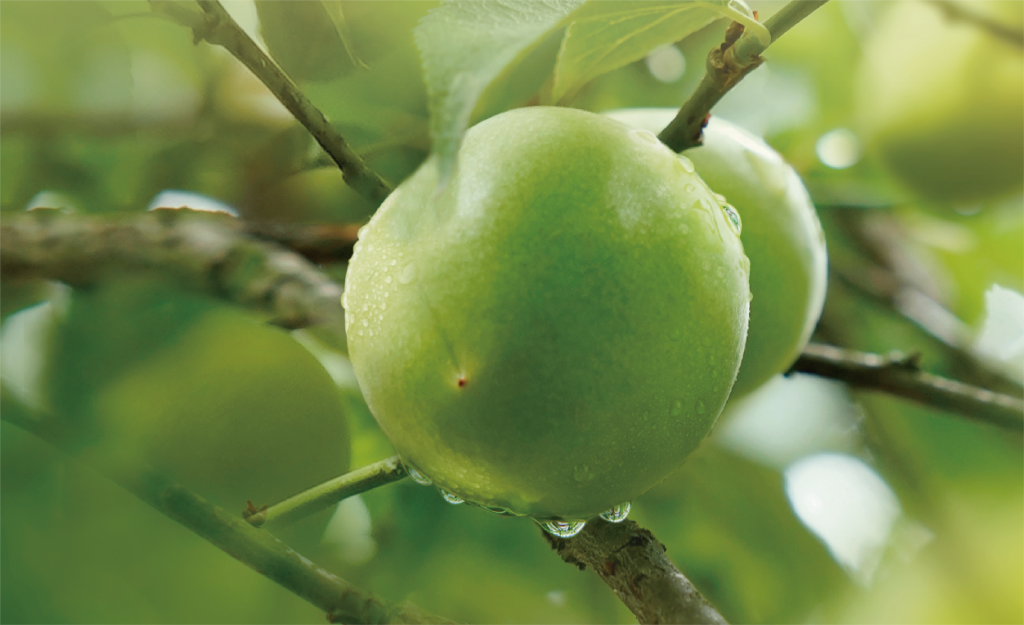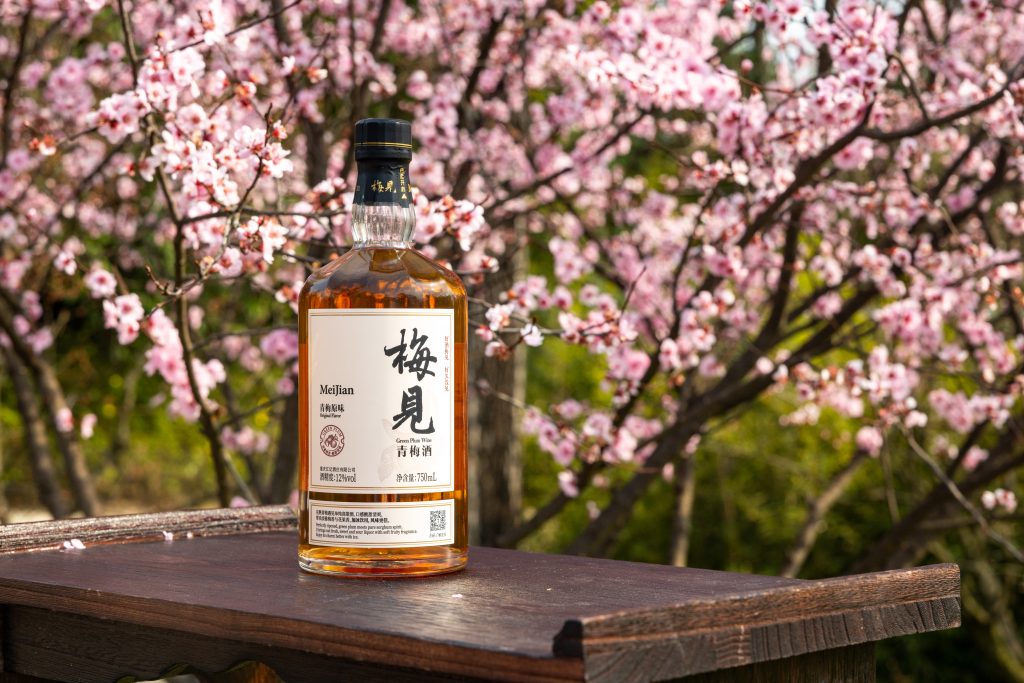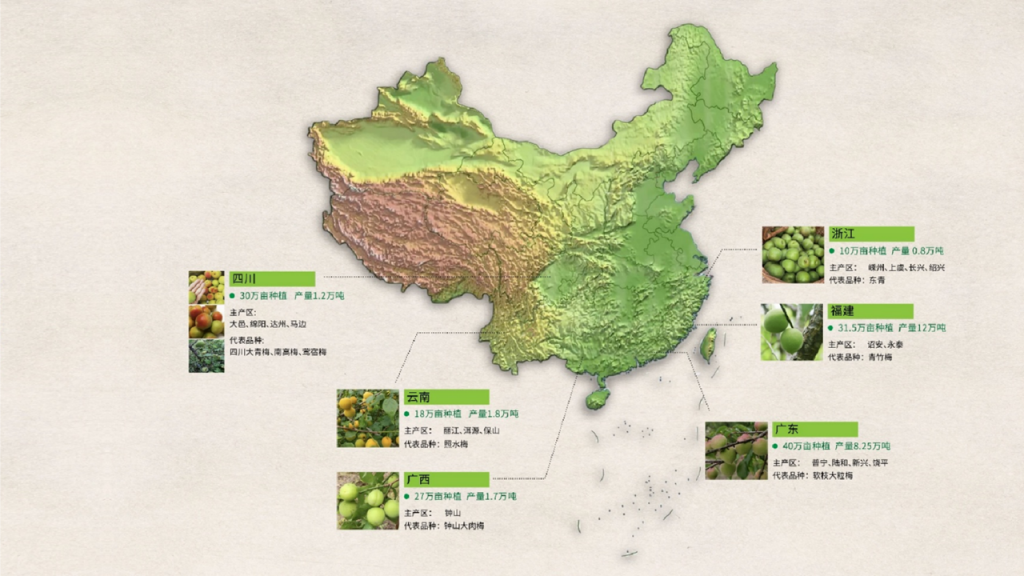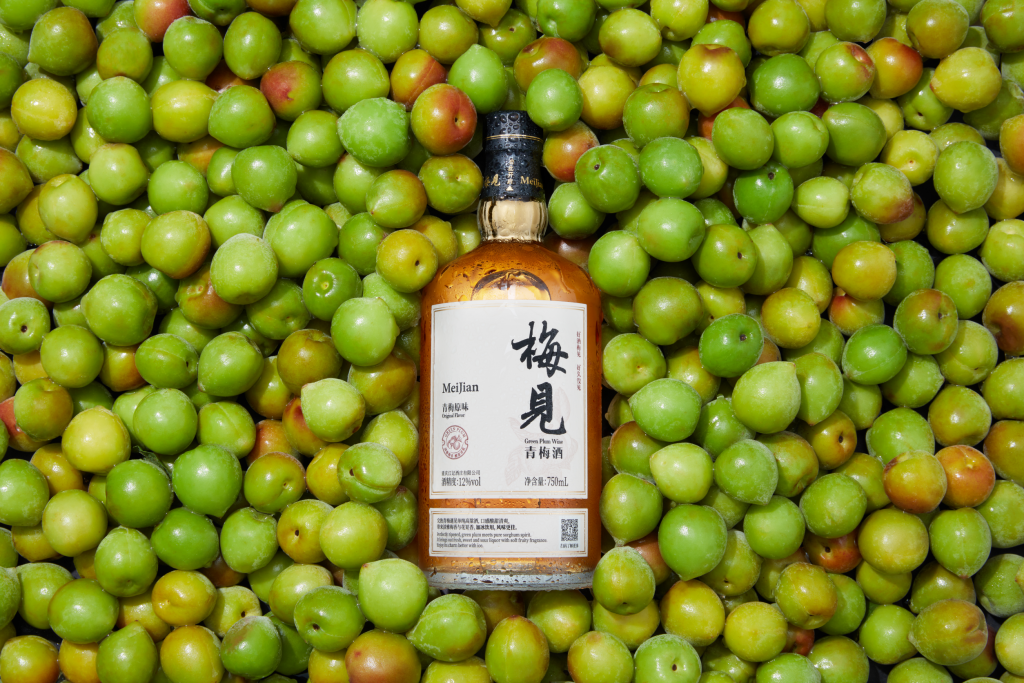Unlocking the Fascinating Plum Liqueur History: A Journey through Time
When one thinks of iconic alcoholic beverages originating from Asia, sake, soju or baijiu might come to mind. However, there’s another hidden gem in the world of Asian libations: Plum Liqueur. This sweet and slightly tart plum liqueur that has delighted palates for centuries. This delightful elixir has a rich and storied history that stretches back through time. Join us on a journey as we uncover the fascinating plum liqueur history, exploring its roots in ancient China and its evolution into the beloved Japanese umeshu we know today.
Plum Liqueur’s Ancient Roots in China
For those familiar with Asian liqueurs, the Japanese umeshu might come to mind. But the story of plum liqueur begins in ancient China, where green plums, the heart and soul of plum liqueur, have been cherished and consumed for over 3,000 years. These vibrant green plums found their way to Japan from the Central Plains of ancient China, brought by Japanese envoys during the Tang Dynasty, spanning the years 630 to 894 AD. Then, they are called umeshu in Japan.
Plum liqueur history can be traced back even further to the Han Dynasty, gaining popularity during the Song Dynasty. However, it’s essential to note that the ancient method of crafting this delectable plum liqueur differs from modern techniques. Instead of fermenting plum fruit directly, the ancients used rice wine and yellow rice wine to extract the exquisite flavors.

Modern Marvels: The Evolution of Plum Liqueur
Fast forward to today, and we witness the transformation of plum liqueur or umeshu-making. Modern mainstream techniques involving soaking, fermentation, and blending have only taken shape in recent decades. The result is a more refined and diverse range of plum liqueur flavors that cater to discerning palates worldwide. There are many plum liqueur or umeshu brands on the market today, with products of varying quality, including those that use mostly artificial additives rather than plum or ume fruits but are still referred to as “plum liqueur” or “umeshu”.
Chinese plum liqueur, represented by Meijian green plum liqueur, adopts traditional soaking technology. Green plums first undergo traditional Chinese sugar pickling process to extract the essence of the green plums over a sufficient duration. Then, they are blended with light aroma baijiu and soak in pottery jar for a long time to make the plum liqueur. The resulting liqueur is pure and elegant with a refreshing sweet and sour taste.
Japanese umeshu, represented by Choya and Suntory, is usually soaked in sake or shochu with ume fruits and sugar.

From China to Japan: The Main Plum Producers
While Japan has embraced ume (green plums) as the core of umeshu, it’s essential to acknowledge China’s role as a major producer. In China, green plums thrive in regions such as Guangdong, Fujian, Zhejiang, Sichuan, Yunnan, and Guangxi. These areas boast a subtropical monsoon climate, providing green plums with the ideal conditions for growth – mild climate, abundant rainfall, and ample sunshine. The deep, well-drained soil in the mountainous regions is a perfect home for plum trees, ensuring they flourish and bear fruit.
Meijian Green Plum liqueur is made from soft branch and large plums from Puning, Guangdong Province, the “hometown of Chinese green plum”. The plums has thick flesh, thin skin and small pit, full and juicy, without astringent, aromatic, bringing refreshing acidity and vibrant flavor to the plum liqueur.

Unlocking the Plethora of Benefits
- Organic acids, abundant in plum liqueur, promote saliva secretion, stimulating your taste buds and preparing your body for a delightful meal.
- Citric acid, found in plum liqueur in abundance, aids metabolism, aids digestion, and is excellent for post-meal sipping.
- Did you know that plum liqueur contains ten times more citric acid than lemons? This high citric acid content helps dissolve calcium in the blood, preventing calculi.
- The unique characteristics of plum liqueur make it an ideal partner for your culinary adventures. Its floral and fruity aroma elevates your dining experience, complementing a wide range of cuisines. It stimulates your taste buds without overpowering the deliciousness of your food, making it a perfect companion for various dishes, from sushi to spicy curries.
- The enchanting plum fragrance in plum liqueur brings pleasure, harmonizing beautifully with its sweetness.

As we toast to the delightful plum liqueur in our glasses, let us remember the incredible liqueur history of umeshu through time, from ancient China to modern Japan. This exquisite liqueur, with its sweet, sour, and appetizing qualities, continues to tantalize our palates and bring joy to our lives. So, the next time you enjoy a glass of plum liqueur or umeshu, savor not just the flavor but the rich history and culture it embodies.
Meijian believes it is our mission to protect and spread the tradition and culture of plum liqueur that has been passed down from generation to generation for centuries. We will also pursue new possibilities for plum liqueur and continue to produce and sell reliable products based on the high standards as always. Cheers to the liqueur that bridges nations and eras, making every sip a delightful journey through time.






